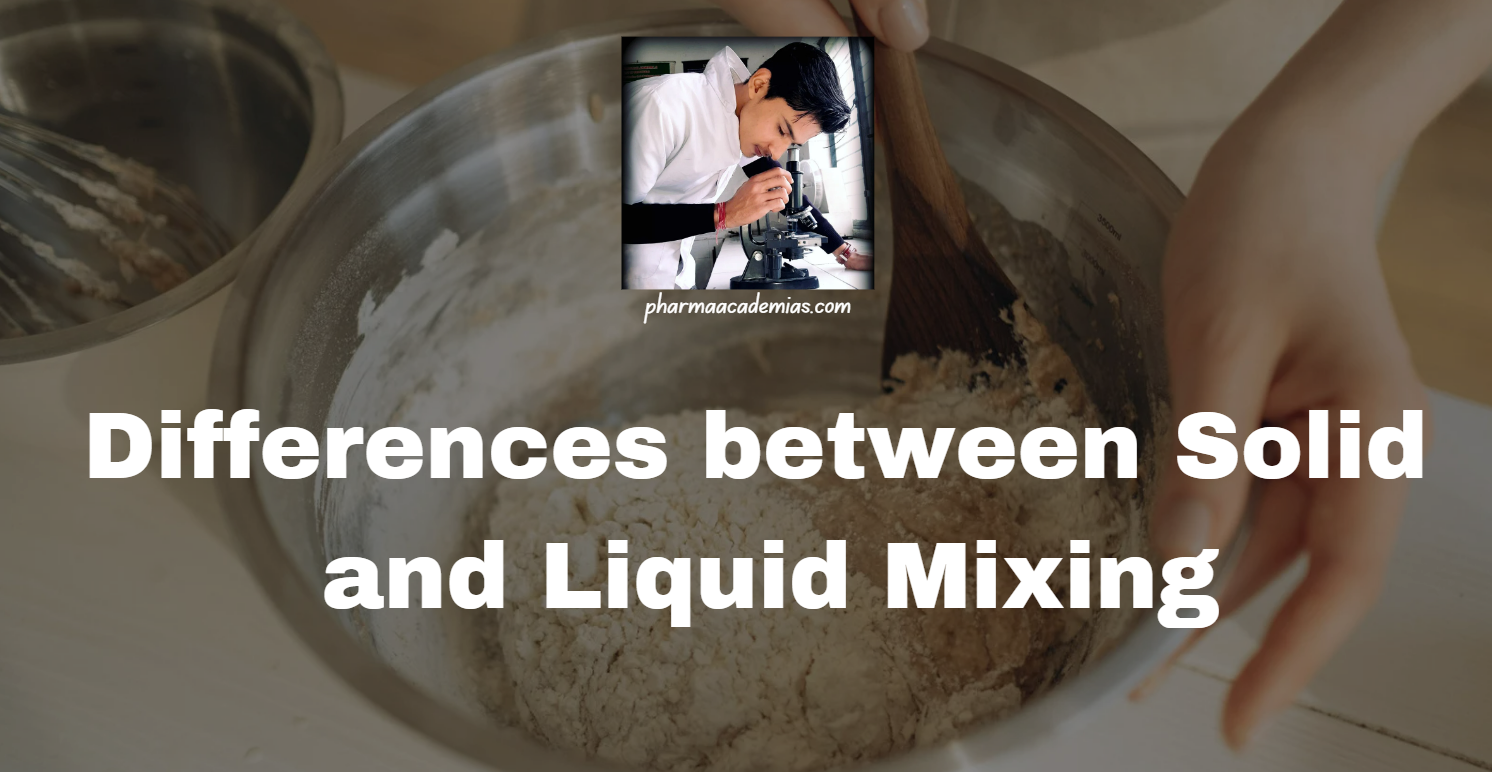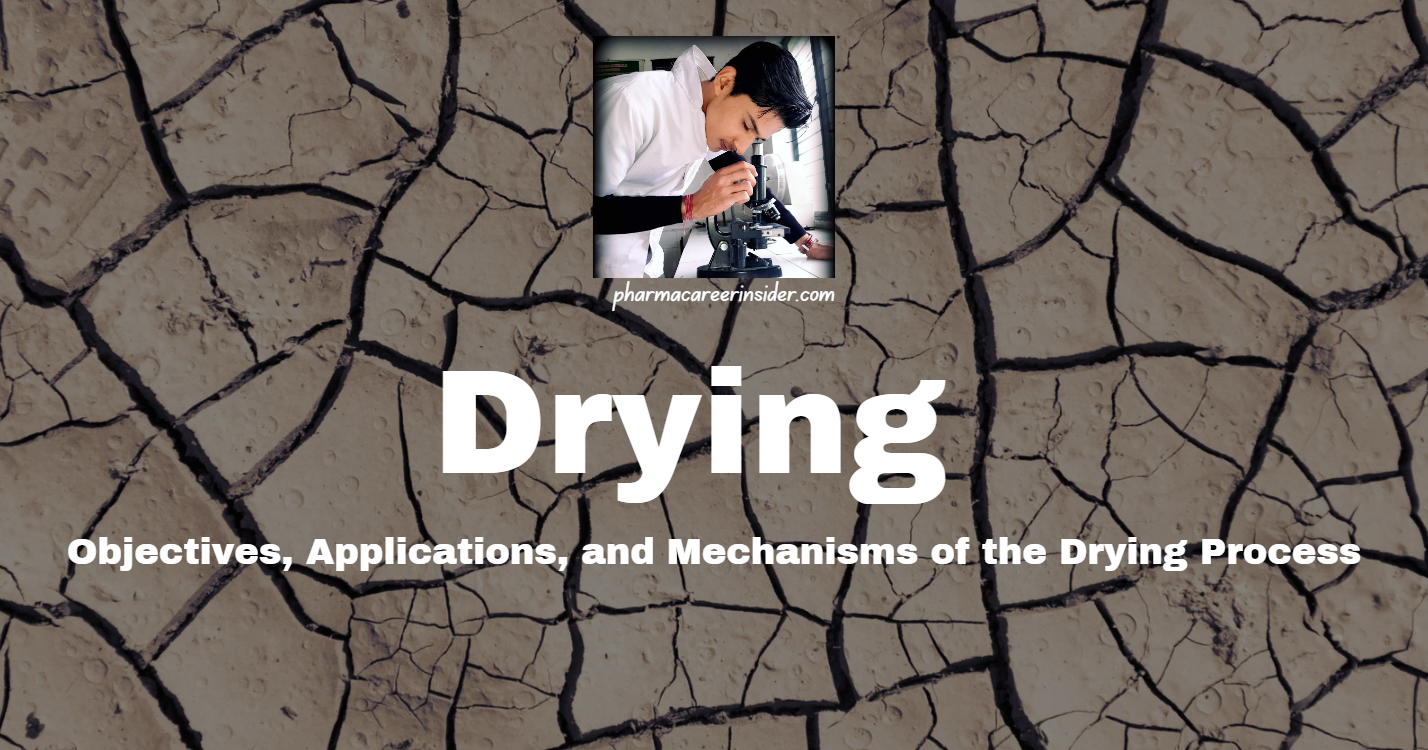Differences between Solid and Liquid Mixing
1. Nature of the Materials: – Solid Mixing: Involves blending dry or particulate materials. It is often about achieving a uniform distribution of solid particles or powders. – Liquid Mixing: Involves combining liquid substances to achieve homogeneity. This can include mixing liquids with other liquids or dissolving solids in liquids. 2. State of … Read more










